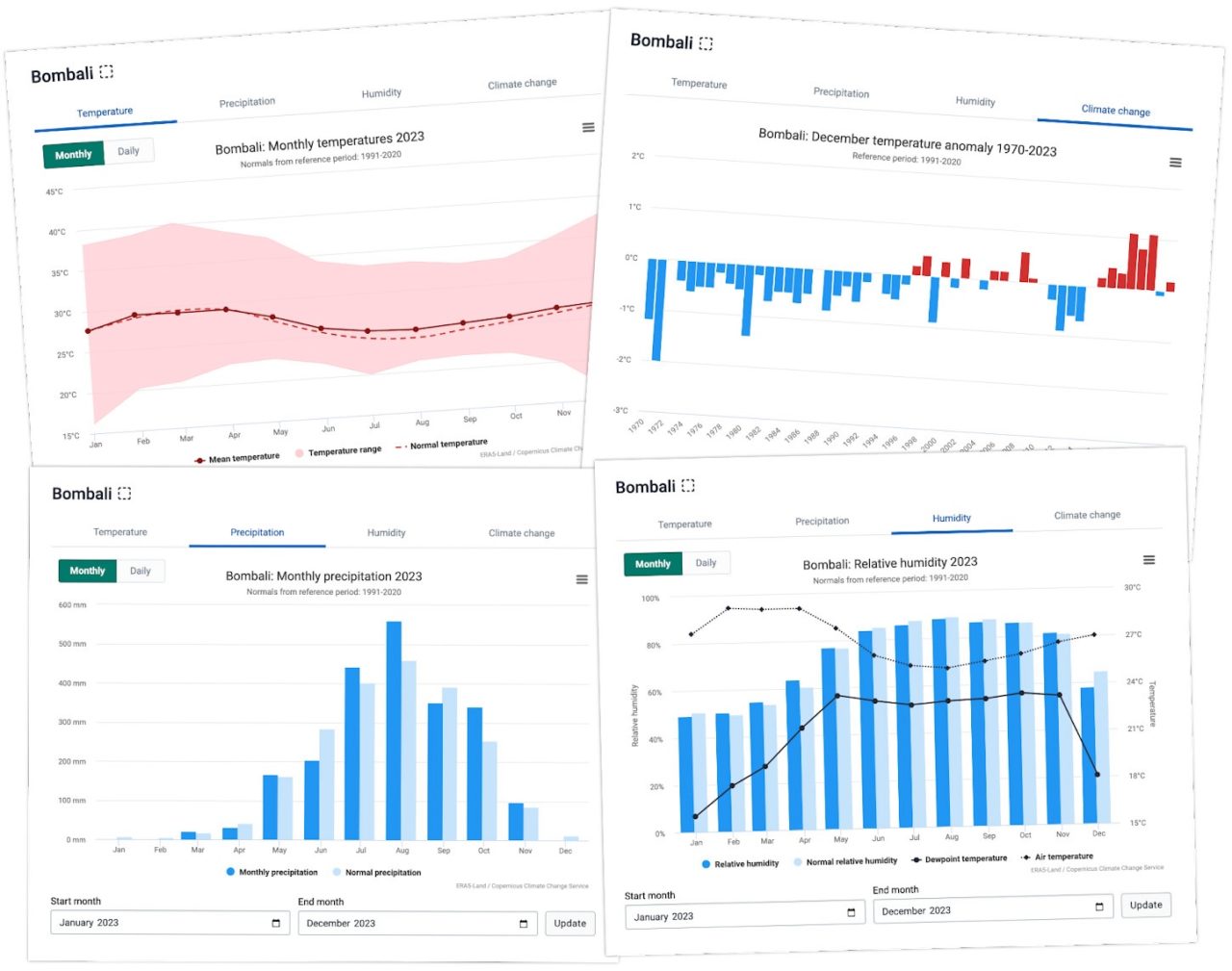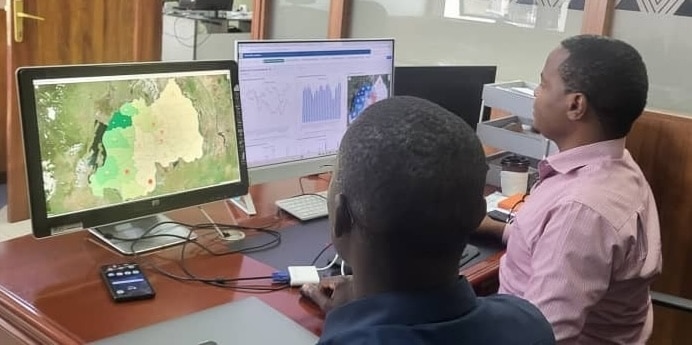In many health programs – such as infectious disease surveillance, maternal and child health, and nutrition and food security – health outcomes can be directly and indirectly influenced by local climate variation, extreme weather events, and changes in human behavior linked to weather factors and climate change. Understanding the relationship between climate data and health outcomes is essential for developing effective public health interventions and adaptation strategies.
For instance, malaria research often emphasizes the relationship between temperature and the spread of the disease. Climate data, such as temperature, rainfall and humidity, and vector presence or density could be useful to predict outbreaks and minimize their health effects. Such data integration could help infectious disease programs understand where vector populations may be changing, which geographies and populations may be at the highest risk for increased transmission, the length of seasonal periods of high transmission, and which catchment areas may need to prepare for future health demands.
Warmer temperatures, altered precipitation patterns, and extreme weather events, such as droughts, floods, and storms, pose immediate threats to food production and supply chains. These events can damage or alter the geographical distribution and cultivation conditions of crops, disrupt transportation networks, compromise access to food, and ultimately influence dietary patterns and nutritional outcomes, particularly in vulnerable communities. Combining climate data with routine health data on human malnutrition can show the impact of agricultural adaptation measures on human health, and assist in planning nutrition interventions of extreme weather events.
Extreme weather events, intensified by climate change, pose immediate risks to human health through injuries, displacement, and increased morbidity, mortality, and mental health issues linked to heat stress. Changes in temperature, humidity, air quality, and the frequency of extreme weather events all have implications for respiratory health such as asthma and chronic obstructive pulmonary disease (COPD). Moreover, climate change exacerbates existing health disparities, disproportionately affecting vulnerable populations such as the elderly, children, and low-income communities. These groups often have limited access to healthcare and resources to adapt to changing environmental conditions. Incorporating climate data into health surveillance systems can help identify vulnerable populations and anticipate changes in disease burden associated with climate variability and change.
Recognizing the interconnected nature of climate change and health, it is crucial to adopt an effective approach to address these challenges. Climate & Health data integration provides a holistic view of how climate factors contribute to health risks, enabling a deeper understanding of the relationship between environmental conditions associated with climate and disease occurrences.
Learn more



